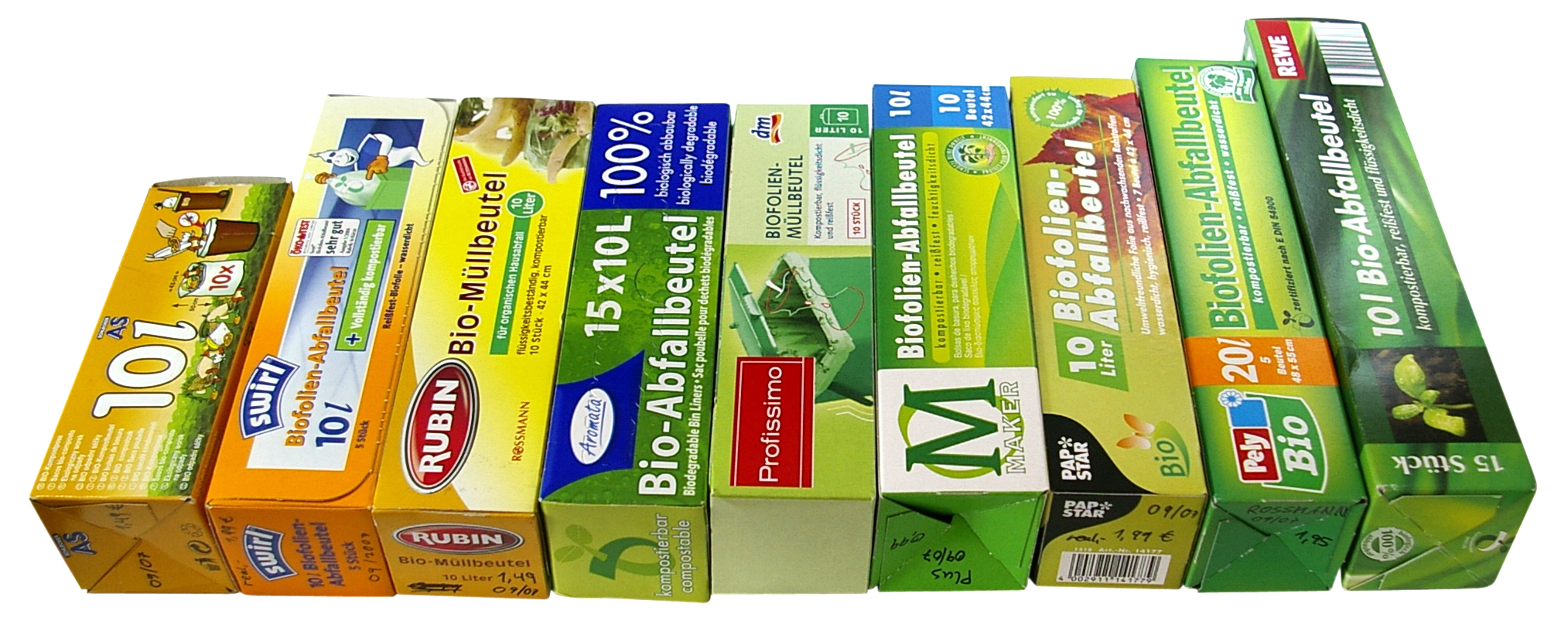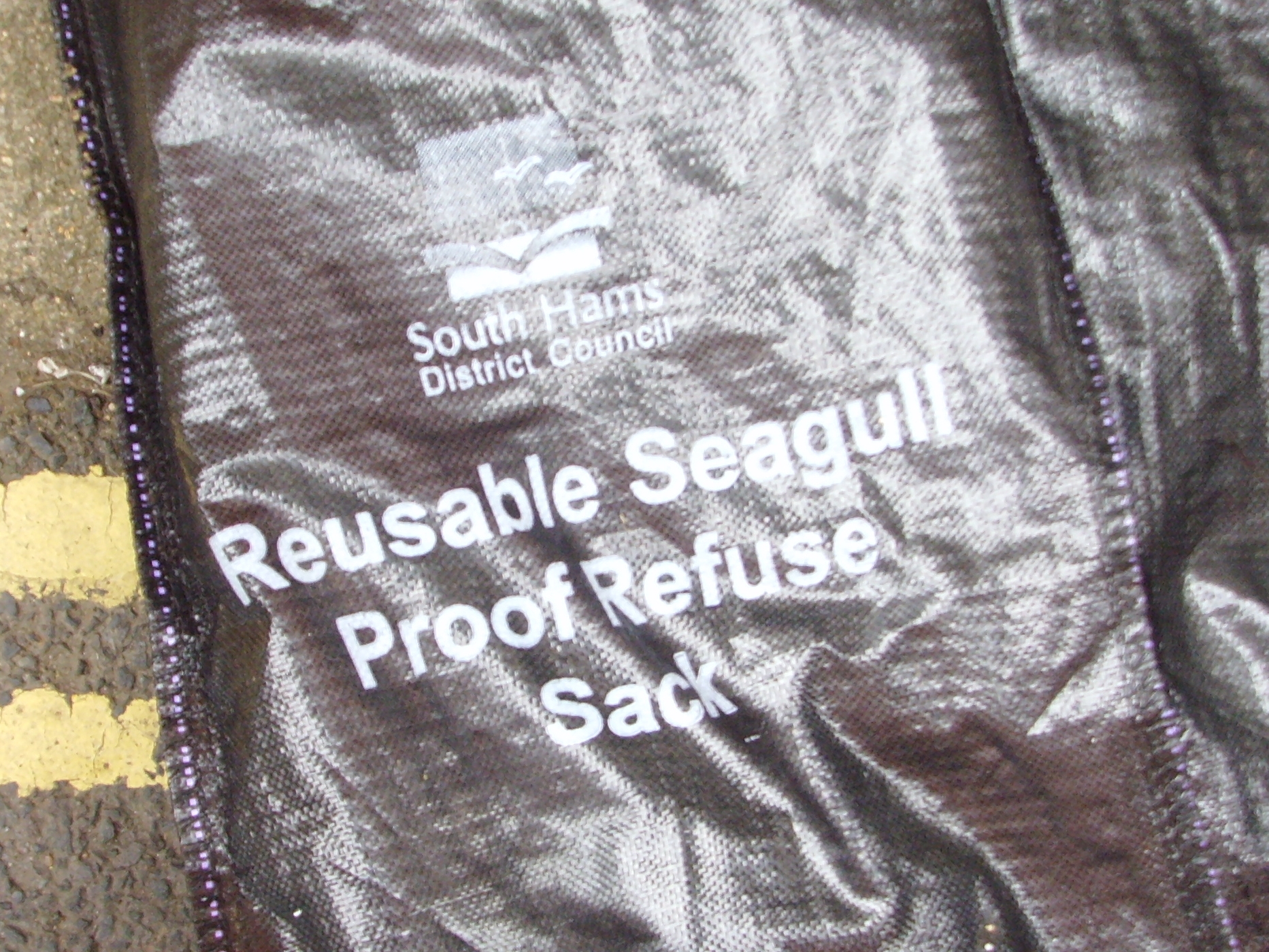Bin bag on:
[Wikipedia]
[Google]
[Amazon]

 A bin bag, rubbish bag (
A bin bag, rubbish bag (


, GLAD Press Release Archive, 20 July 2004 (retrieved 21 August 2010) andPactiv Announces Hefty Ultra Flex Waste Bags; Thick, strong & stretchable bags respond to consumers' needs
press release, 16 September 2004 (retrieved 21 August 2010 on AllBusiness.com)

 A bin bag, rubbish bag (
A bin bag, rubbish bag (British English
British English (BrE, en-GB, or BE) is, according to Lexico, Oxford Dictionaries, "English language, English as used in Great Britain, as distinct from that used elsewhere". More narrowly, it can refer specifically to the English language in ...
), garbage bag, bin liner, trash bag (American English
American English, sometimes called United States English or U.S. English, is the set of varieties of the English language native to the United States. English is the most widely spoken language in the United States and in most circumstances i ...
) or refuse sack is a disposable bag used to contain solid waste. Such bags are useful to line the insides of waste container
A waste container, also known as a dustbin, garbage can, and trash can is a type of container that is usually made out of metal or plastic. The words "rubbish", "basket" and "bin" are more common in British English usage; "trash" and "can" a ...
s to prevent the insides of the receptacle from becoming coated in waste material. Most bags today are made out of plastic
Plastics are a wide range of synthetic or semi-synthetic materials that use polymers as a main ingredient. Their plasticity makes it possible for plastics to be moulded, extruded or pressed into solid objects of various shapes. This adaptab ...
, and are typically black, white, or green in color.
Plastic bags are a widely used, convenient, and sanitary way of handling garbage. Plastic garbage bags are fairly lightweight and are particularly useful for messy or wet rubbish, as is commonly the case with food waste
Food loss and waste is food that is not eaten. The causes of food waste or loss are numerous and occur throughout the food system, during production, processing, distribution, retail and food service sales, and consumption. Overall, about o ...
, and are also useful for wrapping up garbage to minimize odor. Plastic bags are often used for lining litter or waste containers or bins. This keeps the container sanitary by avoiding container contact with the garbage. After the bag in the container is filled with litter, the bag can be pulled out by its edges, closed, and tied with minimal contact with the waste matter.
Garbage bags were invented by Canadians Harry Wasylyk, Larry Hansen and Frank Plomp in 1950. In a special on CBC Television, green garbage bags (first bin bags in Canada) ranked 36th among the top 50 Canadian inventions.
Black plastic bags were introduced in 1950 as star sealed bags. The first bags in the United States were green and black, rather than the now-common white and clear. Flat-sealed bags first appeared in 1959. In the 1960s, the white bin bags were introduced. Two-ply (Heavy Duty) bags were introduced in 1974, with 3 ply bags following in 1980.
Plastic bags can be incinerated with their contents in appropriate facilities for waste-to-energy
Waste-to-energy (WtE) or energy-from-waste (EfW) is the process of generating energy in the form of electricity and/or heat from the primary treatment of waste, or the processing of waste into a fuel source. WtE is a form of energy recovery. Mo ...
conversion. They are stable and benign in sanitary landfills; some are degradable under specified conditions.
Description
Plastic bags for rubbish orlitter
Litter consists of waste products that have been discarded incorrectly, without consent, at an unsuitable location. Litter can also be used as a verb; to litter means to drop and leave objects, often man-made, such as aluminum cans, paper cups ...
are sold in a number of sizes at many stores in packets or rolls of a few tens of bags. Wire twist tie
Twist may refer to:
In arts and entertainment Film, television, and stage
* ''Twist'' (2003 film), a 2003 independent film loosely based on Charles Dickens's novel ''Oliver Twist''
* ''Twist'' (2021 film), a 2021 modern rendition of ''Olive ...
s are sometimes supplied for closing the bag once full. Varying thicknesses are commonly manufactured - thicker bags are used for heavy-duty applications such as construction waste
Construction waste or debris is any kind of debris from the construction process. Different government agencies have clear definitions. For example, the United States Environmental Protection Agency EPA defines construction and demolition materia ...
, or in order to be able to withstand being compacted during recycling processes. In the mid-1990s bin bags with drawstrings for closure were introduced. Some bags have handles that may be tied or holes through which the neck of the bag can be pulled. Most commonly, the plastic used to make bin bags is the rather soft and flexible LDPE
Low-density polyethylene (LDPE) is a thermoplastic made from the monomer ethylene. It was the first grade of polyethylene, produced in 1933 by Imperial Chemical Industries (ICI) using a high pressure process via free radical polymerization. Its ...
(low-density polyethylene) or, for strength, LLDPE
Linear low-density polyethylene (LLDPE) is a substantially linear polymer (polyethylene), with significant numbers of short branches, commonly made by copolymerization of ethylene with longer-chain olefins. Linear low-density polyethylene differs ...
(linear low-density polyethylene) or HDPE
High-density polyethylene (HDPE) or polyethylene high-density (PEHD) is a thermoplastic polymer produced from the monomer ethylene. It is sometimes called "alkathene" or "polythene" when used for HDPE pipes. With a high strength-to-density ratio, ...
(high-density polyethylene) are sometimes used.
Biodegradable plastic bags


Oxo-biodegradable
OXO-degradation is the degradation of polymers such as plastic by an oxidative process. Such degradation breaks down plastic into small pieces that are easier to biodegrade (but not necessarily enough to be called "biodegradable"). When biodegrad ...
plastic bags have the same strength as ordinary plastic and cost very tiny extra. They will degrade then biodegrade if they get into the open environment, but they can be recycled if collected during their useful life. They are designed so that they will not degrade deep in landfills and will not, therefore, generate methane. Oxo-biodegradable plastic does not degrade quickly in low temperature "windrow" composting, but it is suitable for "in-vessel" composting at the higher temperatures required by the animal by-products regulations. Oxo-biodegradable plastic is bio-assimilated by the same bacteria and fungi, which transform natural material such as twigs and leaves to cell biomass, like lignocellulosic materials. Oxo-biodegradable plastic is designed to degrade initially by a process that includes both photo-oxidation and thermo-oxidation, so it can degrade in the dark. Resin identification code
The ASTM International Resin Identification Coding System, often abbreviated RIC, is a set of symbols appearing on plastic products that identify the plastic resin out of which the product is made. It was developed in 1988 by the Society of t ...
7 is applicable to biodegradable plastics.
People tend to use garbage bins to dispose off these plastic covers or bags from their home making the environment safe from the enormous chemicals and other poison substances that can be caused from the dumping of these bags. The main cause of environment pollution is the carelessness of the people that later on affect the environment drastically and making it unsafe for the living habitat. Usage of garbage bins to remove these types of bags and plastics can help restore balance to the environment.
Drawstring and flexibility
In 1984,drawstring
A drawstring (draw string, draw-string) is a string, cord, lace, or rope used to " draw" (gather, or shorten) fabric or other material. Ends of a drawstring are often terminated with a sheath called an aglet. The ends may be tied to hold the d ...
garbage bags first appeared before GLADGLAD ForceFlex Trash Bags end Garbage Gripes, GLAD Press Release Archive, 20 July 2004 (retrieved 21 August 2010) and
Hefty
Hefty is an American brand of household products such as trash bags and trash cans, disposable tableware, children's disposable tableware (including their defunct '' Zoo Pals'' product line), slider closure food storage and freezer bags, plast ...
introduced them. In August 2001, Hefty introduced the garbage bags with a drawstring designed to stretch around the garbage can's rim and stay in place. In July 2004, ForceFlex, the flexible
Flexible may refer to:
Science and technology
* Power cord, a flexible electrical cable.
** Flexible cable, an Electrical cable as used on electrical appliances
* Flexible electronics
* Flexible response
* Flexible-fuel vehicle
* Flexible rake re ...
plastic garbage bags, was introduced by GLAD (followed by Hefty's Ultra Flex brand in September).press release, 16 September 2004 (retrieved 21 August 2010 on AllBusiness.com)
See also
* Blue bag * Packaging * Plastic bag *Plastic recycling
Plastic recycling is the reprocessing of plastic waste into new products. When performed correctly, this can reduce dependence on landfill, conserve resources and protect the environment from plastic pollution and greenhouse gas emissions.
A ...
* Thermal depolymerization Thermal depolymerization (TDP) is the process of converting a polymer into a monomer or a mixture of monomers, by predominantly thermal means. It may be catalysed or un-catalysed and is distinct from other forms of depolymerisation which may rely o ...
, post consumer waste processing technologies
References
Books
* Brody, A. L., and Marsh, K, S., ''Encyclopedia of Packaging Technology'',John Wiley & Sons
John Wiley & Sons, Inc., commonly known as Wiley (), is an American multinational publishing company founded in 1807 that focuses on academic publishing and instructional materials. The company produces books, journals, and encyclopedias, ...
, 1997,
* Selke, S, ''Packaging and the Environment'', 1994,
* Selke, S,. ''Plastics Packaging'', 2004,
{{DEFAULTSORT:Bin Bag
Bags
Canadian inventions
Plastics
Waste containers